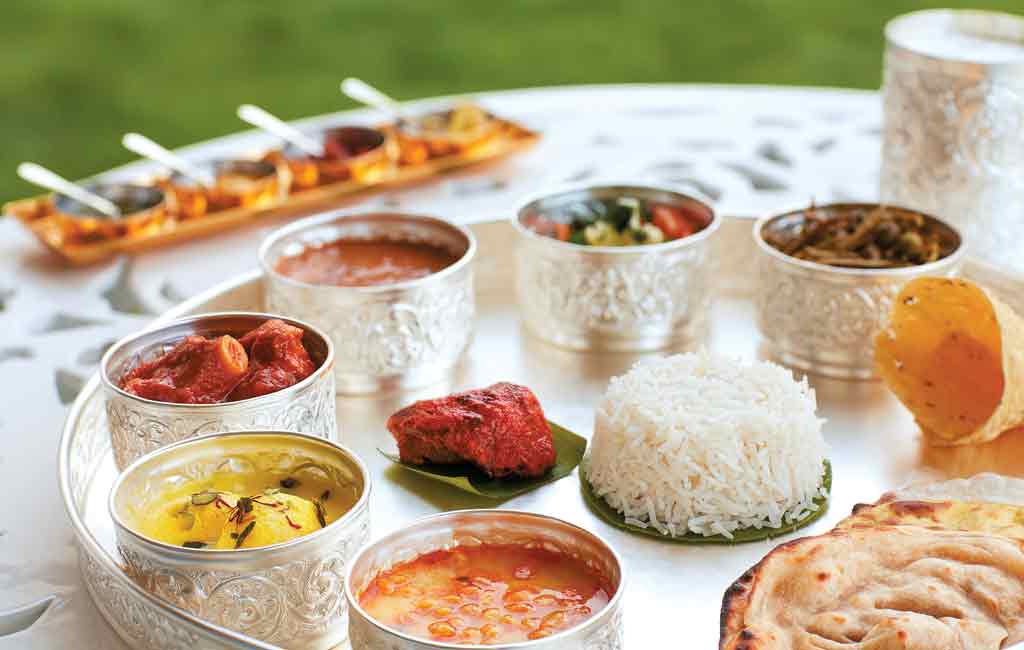Last updated on January 27, 2019
Rajasthan literally means the Land of Kings and when you get a glimpse at its marvelous multicultural roots and delicious foods, you can see what drew them here.
A short history
From the dazzling Dilwara Temples to the rambunctious Ranthambore National Park in SawaiMadhopur, the region has long inspired travellers, artists and locals alike. But Rajasthan has battle scars.Home to ancient ruins like Kalibanganand Jaipur’s pink city,this north-eastern district has known its share of empire and history.
Tribes fought the Nawabs, the Mughals and each other. When the Mughals succumbed to internal disputes – the way all great empires must always do – the Marathas moved in. Despite the disruption, fine crafts and art were developed through the patronage of the Maharajas and they ruled for most of the eighteenth century.
With such a tremulous history it is clear to see how the landscape can be littered with the remnants of so many kings, empires and peoples. The upper strata of medieval Rajasthan built forts and palaces, contributing greatly to the architectural and cultural variation found throughout the region.
A taste worthy of kings
Take a train to Bikaner, famous for its sweets (mithais) is must stop spot for anyone with a sweet tooth. Try the Kesar Kulfi, it is the perfect refreshing treat for a hot day. Made with milk, sugar, saffron, cardamom, pistachio and almonds, it is then frozen for a few hours until it is ready to snap up.
Channel your inner explorer and ride through the desert on a horse with no name. Or, rather, a camel with one. The Thar Desert is a golden vision. Romantic and reminiscent of Bedouin tribes and nomadic peoples, witness for yourself the iconic sight ofcamels silhouetted on the horizon against a setting sun. See for yourself the raw and unflinching power of the desert.
Or, if you want something less dangerous and more delicious, venture back into civilisation and sample some quintessential cuisines. Historically, although the Marawari people were vegetarians, the dry conditions meant that there was a lack of fruit and vegetables. As a consequence, dried, well-preserved food is common throughout the food.
For these reasons, you can expect to try dishes laced with dried garlic and asafoetida. Nuts and dried fruit offer a welcomed sweetness and are often included, as is ghee.
Dairy is also common, especially as water is a precious resource in this arid area. Buttermilk and curds are added to create a creamy texture in dishes including lentils and grains. Meat plays a prominent role. The famous Rajput warriors once inhabited this region and their love of game remains in the culture. Mutton and chicken feature heavily in thick gravy curries, full of red chillies and spice.
The scorched earth offers little sympathy or sustenance and so what the people of this region lacked they made up for in resourcefulness. This is a creativity core to Indian cooking and many of London’s best fine dining Indian restaurants share this ingenuity, you just need to pick the right one!


















Be First to Comment